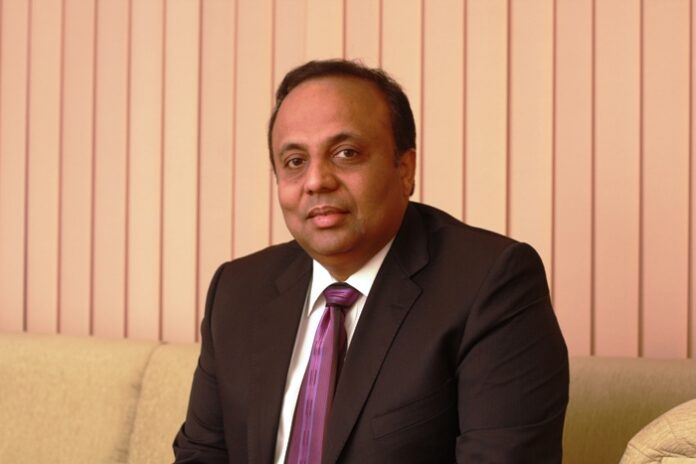Anil Sivadas, President, Enventure
3D printing technology has been making strides in various industries, including manufacturing, healthcare, and even construction. The 3D-printed post office building inaugurated in Bangalore recently has far-reaching implications and is opening up a whole new world. It is a ground-breaking technology, and a paradigm shift in the way we approach the construction industry. While the West leads the way in 3D construction technology growth and evolution, we are rapidly catching up and times are such that we will make great headway with this fast-spreading new technology.
3D modeling offers a remarkable level of design depth that you could never expect from 2D designs or rough sketches and gives you far better control over details. 3D technology delivers a product precisely as per approved design, taking far lesser time to construct a building using conventional methods. It also means quicker turnaround and absence of delays in execution of a project. This initiative is a remarkable example of innovation that our country is experiencing and progressing with the spirit of self-reliant India. There are many significant advantages in adopting the 3D technology in the domain of construction.
Efficiency, cost and time saving
3D printing has the potential to significantly expedite construction processes compared to traditional methods. It is cost-effective and allows the precise amount of material to be used to lift a structure, also reducing waste to a great extent. Hence, companies see sharp increase in the benefits of this technology, which is also of great value in locations where there is urgent need for projects and shortage of labor. Additionally, creation of a structure through 3D printers cuts labour costs significantly. Traditional construction methods could delay projects while the norm is that, large projects take longer than expected and jack-up cost overruns heavily over the budget outlined. However, 3D printing enables huge time reduction and can be completed in just hours or days or weeks depending on its magnitude.
Innovation at its best
Innovation in 3D building continues to evolve rapidly, driven by technological advancements and the demand for more efficient, sustainable, and visually appealing structures. These innovations have the potential to reshape the way we design, construct, and interact with buildings and the built environment. This could provide an opportunity for skill development and employment generation in the field of advanced manufacturing. The successful implementation of a 3D-printed post office could encourage the exploration of similar applications in larger infrastructure projects such as housing, healthcare facilities, and educational institutions amongst others.
Sustainability factor
3D printing has the potential to be more environmentally friendly than conventional construction methods due to reduced material waste and energy consumption. This aligns with global and national efforts towards sustainable development and reduced carbon emissions. When this technology becomes mainstream, we will see more such initiatives on taking this technology forward and sustainability will be a core focus of that.
Enables last minute design changes
3D printing also allows last-minute changes to the design that will no longer be a problem nor delay the construction process. It allows you to customize work until just before starting the printing of the structure and it also brings to construction, health and safety of concerns of employees onsite. By understanding how to work effectively with printers, workers can do their jobs more easily and enhance safety in the field.
In conclusion, it can be said that the launch of India’s first 3D-printed post office would serve as a showcase of technological innovation. It will highlight the country’s progress in adopting advanced manufacturing techniques and cutting-edge technologies, fostering a reputation for technological prowess on the global stage. All in all, this emerging technology has the potential to revolutionize our societies, and transform the development sector. This is a signal moment for us and we are seeing a scenario where the government and private sector together are making rapid strides. As we continue to push the boundaries of innovation, we can look forward to a future where our digital experiences are more lifelike and interactive than ever before. The revolution is just beginning, and the possibilities are endless with such disruptive technologies.
Anil Sivadas, President, Enventure, a leading engineering services company based in Bangalore & US























